Portola Paint
Portola | Roman Clay - Thumper
Portola | Roman Clay - Thumper
Couldn't load pickup availability
Portola Roman Clay Thumper
Our Roman Clay is sold by weight not volume.
These square footage estimates are based on the average to include both a base coat and final coat.
- 1 kilo (Approx. 20 - 25 sq ft)
- 5 kilo (Approx. 100 - 125 sq ft)
- 10 kilo (Approx. 200 - 250 sq ft)
- 20 kilo (Approx. 400 - 500 sq ft)
Preparation
For new drywall surfaces:
- We recommend prepping for a level 5 drywall surface then applying a stain blocking drywall primer with a ⅜ to ½ nap roller for the best application.
- You may also lightly sand the primer to remove some of the texture left from the roller.
- We recommend you always wear the proper face masks when sanding.
- It is always recommended to speak with your general contractor for the best practices in accomplishing the smoothest surface.
For previously painted walls:
- If the surface has already been previously painted with a flat white finish it is typically fine to begin your Roman Clay application. However, the best practice is to prime the surface with a stain blocking primer to prevent any of the existing history of your walls from showing through. Oils and existing stains can show through if not properly prepped.
Step 1: Primer
- Sanding the primer to get rid of nap roller texture can help with application
Step 2: Base Coat of Roman Clay
Use a larger stainless steel putty knife/trowel unless the space is small
- 8-10 inch metal or plastic knives for larger surfaces. 6 inch metal or plastic knives may be used for smaller surfaces.
- Pull knife with material 3 to 4 ft strokes
- Thinner material is pulled, faster it will dry and more quickly it can be recoated
- Make sure it’s covered approximately 60-70% opaque
- Let dry for 2-4 hours
Step 3: Lightly sand high or rough spots with 400 grit sandpaper
- Wipe off excess residue with clean, dry or barely damp painters rag
- Detail corners and edges
Step 4: Final Coat Process
This is where you will start to see more highlights and movement
- Should take half the time of base coat
- Put it and take it technique (thin coats show more movement)
- Shorter strokes
- Pressure can affect the highlights/variation
Optional Step: Applying our Roman Clay Topcoat
- Portola's Roman Clay Topcoat should be applied just like the Roman Clay finish using a putty knife/trowel applying the material in a thin/tight coat
- If the finish has any high or rough spots you should sand it down with the same 400 grit sand paper before sealing it to avoid applying excess material. Not sanding before sealing the finish may result in milky or discolored areas.
Pro Tip: If the finish is applied in a high moisture area, multiple thin coats of the sealer may be applied for added protection.
Please Note: Portola's Roman Clay Topcoat does NOT waterproof the finish. A barely damp rag should be used to wipe down the sealed or unsealed finish to try to avoid permanent water marks from penetrating the finish.
PRO TIP:
- You may want to use our Ultra Flat Acrylic Paint in the same color as a base coat after you prime the surface for a much smoother and quicker application.
Share


